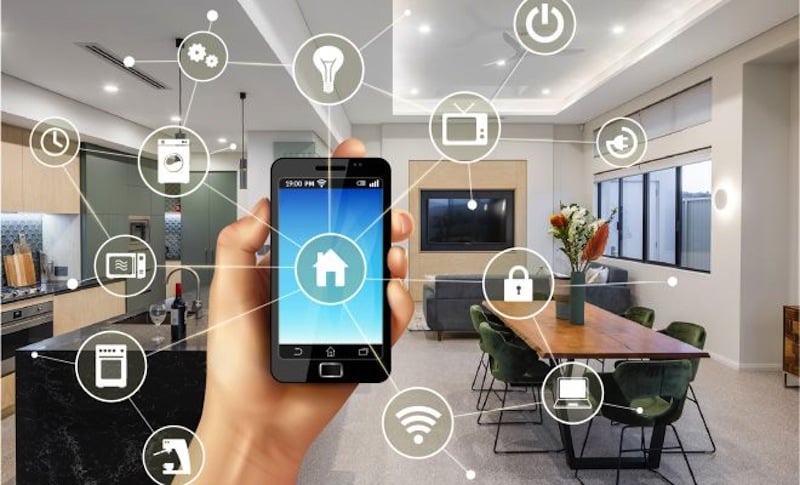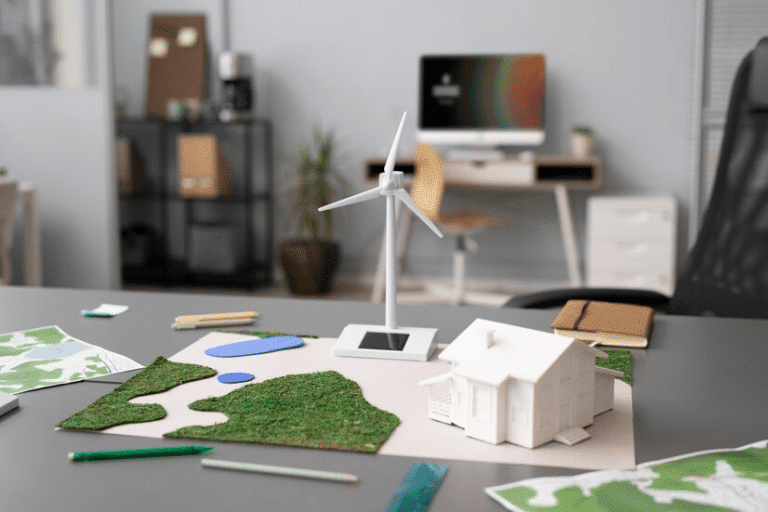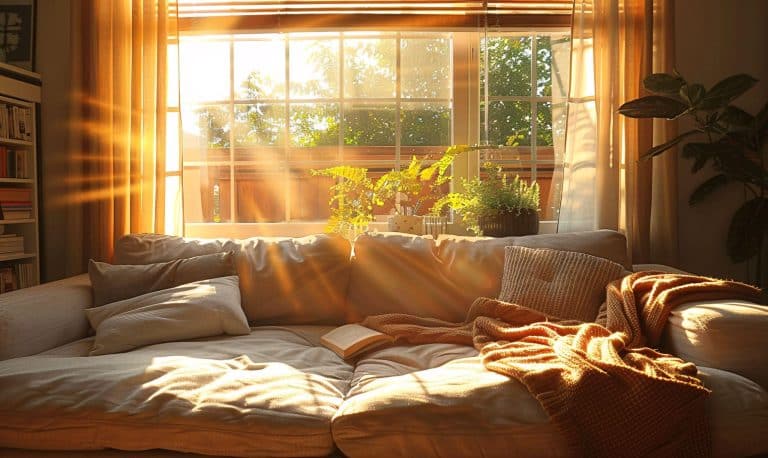As we move towards a more technologically advanced and environmentally conscious future, the way we design and build homes is undergoing a significant transformation. The modern homeowner is no longer satisfied with traditional structures prioritizing aesthetics over functionality and sustainability.
Instead, they seek residences that seamlessly integrate cutting-edge technologies, promote eco-friendly practices, and offer resilience against natural disasters and other potential threats.
Robotics: Revolutionizing Home Automation

The integration of robotics and artificial intelligence has paved the way for smart homes that can anticipate and adapt to our needs, streamlining daily tasks and promoting a more sustainable lifestyle.
As technology evolves, home automation is poised to become increasingly sophisticated, offering unparalleled levels of personalization and seamless control over our domestic environments.
Sustainability: Building a Green Future
Sustainability is no longer a mere buzzword; it has become a necessity in the face of escalating environmental challenges. Future homes will prioritize energy-efficient designs, renewable energy sources, and eco-friendly building materials. This approach not only reduces the carbon footprint but also ensures long-term cost savings and a healthier living environment for homeowners.
One key aspect of sustainable home design is the incorporation of solar panels, wind turbines, and other renewable energy systems. These technologies harness the power of nature to generate electricity, reducing reliance on fossil fuels and minimizing greenhouse gas emissions. Water conservation measures, such as rainwater harvesting and greywater recycling systems, will also become increasingly prevalent.
Resiliency: Fortifying Homes Against Adversity

Resilient homes will incorporate features like reinforced structures, impact-resistant windows, and advanced insulation materials to maintain a comfortable living environment despite harsh conditions.
Furthermore, incorporating backup power systems, such as solar batteries and generators, will ensure that essential functions remain operational during power outages.
The Role of Lending Companies
Incorporating these advanced technologies and sustainable practices into home design can be a significant investment. For those seeking financing options, lending companies like CreditNinja offer specialized loan products.
By partnering with reputable lending institutions, homeowners can access the necessary funds to future-proof their living spaces without compromising their financial well-being.
Smart Home Integration

By leveraging advanced sensors, artificial intelligence, and interconnected devices, these systems optimize energy usage, enhance convenience, and give homeowners unprecedented control over their living environment.
Conclusion
The future of home design is inextricably linked to the principles of robotics, sustainability, and resiliency. As we strive to create living spaces that are not only comfortable but also environmentally responsible and capable of withstanding the challenges of a changing world, these three pillars will serve as the foundation for the homes of tomorrow.
By embracing these standards, we can ensure a better quality of life for ourselves and future generations while contributing to a more sustainable and resilient planet.









